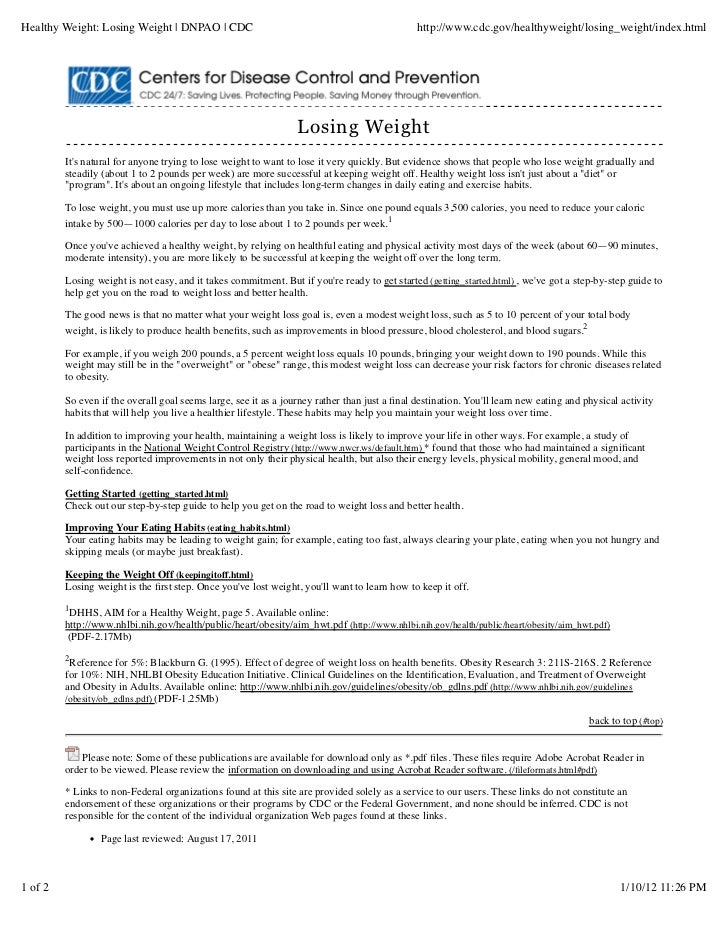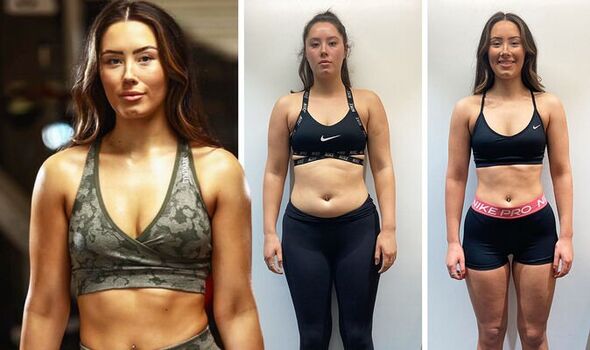
Teenagers often have problems with their relationship to food. The Diet for Teenagers Only offers a guide that will help them to create a healthy lifestyle. The book offers teens fun, inspiring, and healthy lifestyle advice. While improving the shape and size of your body may be a worthy goal, a healthier attitude toward your body is even more important. To be able to accept and love your body is a key step towards achieving this goal in life.
Take three meals per meal and include healthy snacks. Your teenager is becoming more energetic than ever. Avoid snacking on sugary foods that can lead to hunger. A balanced diet should include three small meals per day and healthy snacks throughout the day. Reduce salt and sugar, and include vegetables and fruits as side dishes. Your teen must be satisfied with his or her food choices. You can be concerned about your teen's health by encouraging him or her to adopt a healthy eating plan.

A majority of teenagers need between two and three servings of fruits daily, along with three to five meals of meat per day. One serving of dairy products or low fat milk is considered a serving. Your teen should reduce their intake of high-fat desserts and fried foods. Not only will this help them maintain a healthy weight, but it will also help prevent heart disease. A sample 3000-calorie menu is a helpful tool in planning healthy snacks and meals. This tool can be used to determine how many calories and how much your teen consumes.
Healthy eating habits for teenagers are rich in healthy foods that will keep them healthy as they grow. Balanced diets that include fruits, vegetables and whole grains, as well as no-fat or low fat milk products, nuts and fish, can help you grow healthy. Balanced diets will prevent you from getting any health issues. A balanced diet will not only give you the nutrients and energy that your child needs to grow strong, but it will also help you avoid any health problems.
A teenager's diet should contain a wide range nutrients such as carbohydrates, protein, fat, vitamins, and other nutrients. High water intake is important for teenagers as they are more likely than adults to feel thirsty. Therefore, a healthy diet should be balanced with fluids and foods that will keep the teen hydrated. Teens should drink plenty of water. They should avoid alcohol which is high in fat.

Zinc and iron should be a major part of a healthy diet for teenagers. They require this mineral to make red blood cells which carry oxygen around their bodies. A diet for teenagers should also contain iron-rich foods. For example, lean beef and spinach are good sources of iron. The latter is crucial for normal growth. The latter has greater protein content than the former. It is essential to provide adequate amounts of these nutrients. Additionally, they should be rich sources of fruits, vegetables, nuts, and other nutrients.
FAQ
What does it take to make an antibiotic work?
Antibiotics are drugs that destroy harmful bacteria. To treat bacterial infections, antibiotics are used. There are many options for antibiotics. Some are administered topically, while others can be taken orally.
People who have been infected with certain germs may need antibiotics. An oral antibiotic might be prescribed to someone who has been exposed to chicken pox. This will prevent the spread of shingles. For those with strep-thorphritis, an injection of penicillin could be administered to prevent them from getting pneumonia.
When antibiotics are given to children, they should be given by a doctor. Children are more susceptible to side effects from antibiotics than adults.
Diarrhea, the most common side-effect of antibiotics, is probably diarrhea. Other side effects possible include dizziness, nausea, vomiting, stomach cramps, dizziness and allergic reactions. Most of these symptoms disappear after the treatment is completed.
Supplements and herbs can improve immunity
Natural remedies and herbs can be used to increase immune function. Ginger, garlic, ginger, echinacea and ginkgo biloba are some of the most common.
These herbs should not be considered as a substitute for conventional medical treatment. Side effects include nausea, diarrhea and stomach cramps, headaches and dizziness.
These are the 7 secrets to a healthy life.
-
Make sure you eat right
-
Exercise regularly
-
Rest well
-
Drink lots of water
-
Get enough rest
-
Be happy
-
Smile often
Exercise: Good or bad for immunity?
Your immune system is strengthened by exercise. Your body makes white blood cells that fight infections when you exercise. Your body also gets rid of toxins. Exercise can help prevent heart disease and cancer. Exercise also helps to reduce stress levels.
But, too much exercise can lead to a weakening of your immune system. You can cause muscle soreness by working out too hard. This can cause inflammation as well as swelling. Your body then has to produce more antibodies to fight off infection. The problem is that these extra antibodies can cause allergies and autoimmune disorders.
So, don't overdo it!
Do I need calories to count?
You might wonder, "What's the best diet for me?" or "is counting calories necessary?" The answer is dependent on several factors like your current health status, personal goals, your lifestyle, and your preferences.
The Best Diet for me - Which One Is Right for You?
The best diet for me depends on my current health status, my personal goals, my preferences, and my overall lifestyle. There are many different diets, some good and some not so good. Some work well for certain people while others don't. What should I do? What can I do to make the right decision?
These are the main questions addressed by this article. It starts with a brief introduction of the different types of diets available today. After that, you will learn about the pros and disadvantages of each type. Finally, we'll discuss which one is best.
To begin, let's take a quick look at the different types of diets.
Diet Types
There are three main types, low fat, high protein, or ketogenic diets. Let's take a look at them all below.
Low Fat Diets
A low fat diet means a diet that reduces the intake of fats. This is done through reducing the intake of saturated fats (butter, cream cheese, etc.) You can replace them with unsaturated oils (olive oil and avocados) A low fat diet is often recommended for those who want to lose weight quickly and easily. This diet can cause constipation, heartburn, and stomach problems. A person may also experience vitamin deficiencies if they don't get enough vitamins.
High Protein Diets
High protein diets are known to restrict carbohydrate intake and promote the consumption of proteins. These diets typically have more protein than other diets. These diets are meant to increase muscle mass, and burn more calories. One problem is that they might not be sufficient to provide regular nutrition. They can also be very restrictive so they may not be suitable for everyone.
Ketogenic Diets
Ketogenic diets can also be known as keto diets. They are high fat and moderately carbohydrate and protein-rich. These are often used by bodybuilders and athletes because they allow them the ability to train harder and for longer periods of time without feeling tired. To avoid side effects such as fatigue, nausea, headaches, or other unpleasant side effects, you must strictly adhere to their instructions.
Statistics
- This article received 11 testimonials and 86% of readers who voted found it helpful, earning it our reader-approved status. (wikihow.com)
- The Dietary Guidelines for Americans recommend keeping added sugar intake below 10% of your daily calorie intake, while the World Health Organization recommends slashing added sugars to 5% or less of your daily calories for optimal health (59Trusted (healthline.com)
- Extra virgin olive oil may benefit heart health, as people who consume it have a lower risk for dying from heart attacks and strokes according to some evidence (57Trusted Source (healthline.com)
- nutrients.[17]X Research sourceWhole grains to try include: 100% whole wheat pasta and bread, brown rice, whole grain oats, farro, millet, quinoa, and barley. (wikihow.com)
External Links
How To
What does "vitamin" actually mean?
Vitamins are organic compounds naturally found in food. Vitamins aid us in absorbing nutrients from the food we eat. Vitamins are not made by the body, so they must be obtained through food.
There are two types vitamins: water soluble or fat soluble. Water-soluble vitamins dissolve in water easily. You can find vitamin C,B1 or thiamine, B2 or riboflavin and B3 or niacin, B3/niacin, B6/pyridoxine, folic Acid, biotin and pantothenic Acid as examples. The liver and fatty tissues are home to fat-soluble vitamins. Examples include vitamin D, E, K, A, and beta carotene.
Vitamins are classified according their biological activity. There are eight major types of vitamins:
-
A - essential for normal growth and maintenance of health.
-
C - essential for nerve function and energy generation.
-
D - essential for healthy bones, teeth, and gums.
-
E is needed for good reproduction and vision.
-
K - Required for healthy nerves and muscles.
-
P - vital for building strong bones andteeth.
-
Q – aids digestion of iron and iron absorption
-
R – Required for the formation of red blood vessels.
The recommended daily allowance for vitamins (RDA) varies based on gender, age, and physical conditions. The U.S. Food and Drug Administration (FDA) sets the RDA values.
For adults aged 19 and older, the RDA for vitamin B is 400 micrograms daily. Pregnant mothers need 600 micrograms per days because it is vital for the development and growth of their baby. Children ages 1-8 require 900 micrograms per day. Infants under one year of age require 700 micrograms per day, but this amount decreases to 500 micrograms per day between 9 months and 12 months of age.
Children aged 1-18 years need 800 micrograms daily, while children overweight require 1000 micrograms per days. Children who are severely obese or underweight will need 1200 micrograms each day.
Children aged 4-8 years old who have been diagnosed as having anemia require 2200 micrograms of vitamin C per day.
2000 micrograms is the minimum daily intake for adults over 50 years old to maintain good health. Women who are pregnant or breastfeeding need 3000 micrograms per day due to increased nutrient requirements.
1500 micrograms is the recommended daily intake for adults aged 70+, who lose approximately 10% of muscle each year.
Women who have been pregnant or are lactating require more than the RDA. Pregnant women need 4000 micrograms per dayduring pregnancy and 2500 micrograms per day after delivery. Breastfeeding moms need 5000 micrograms each day when breastmilk production occurs.